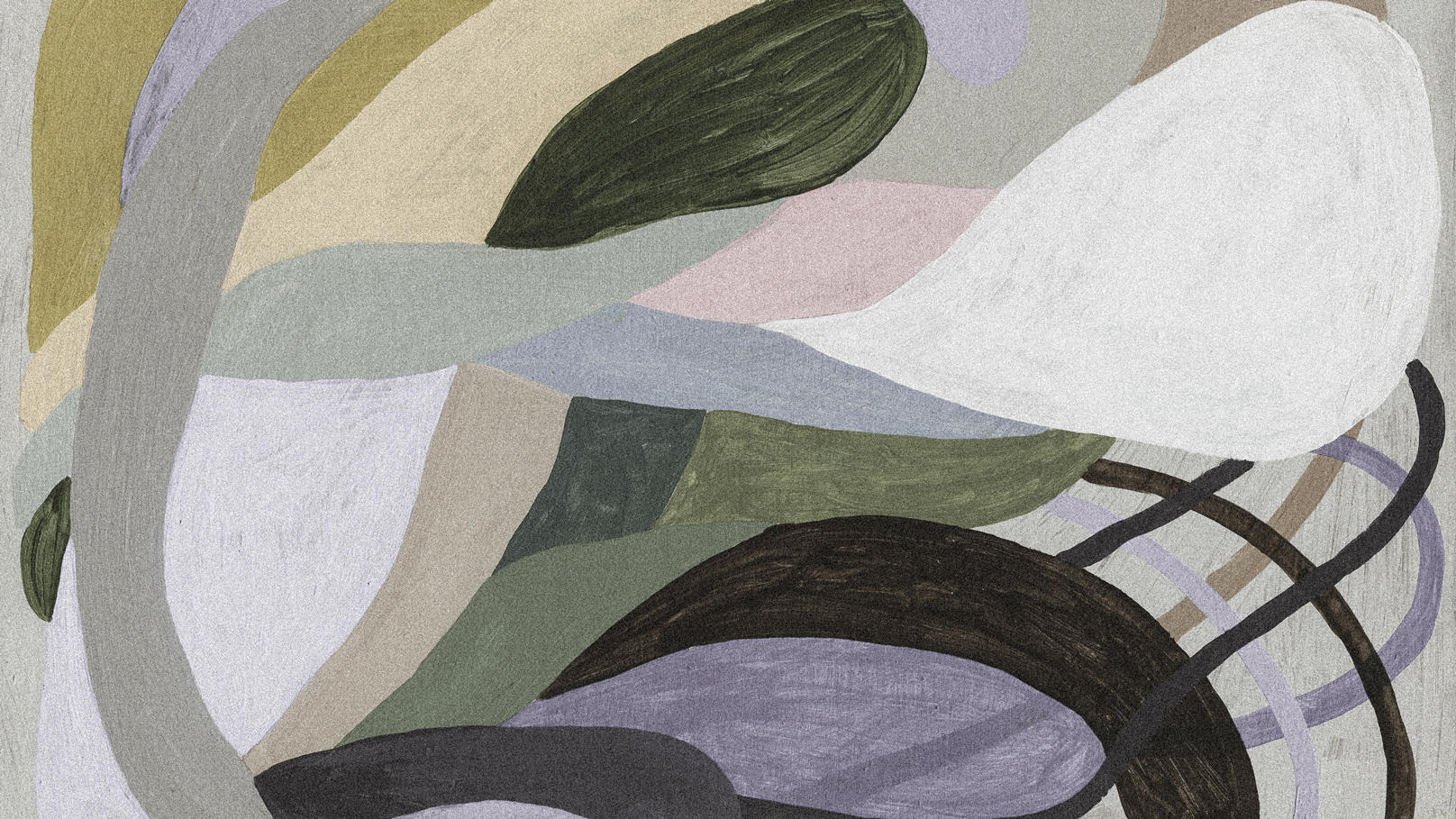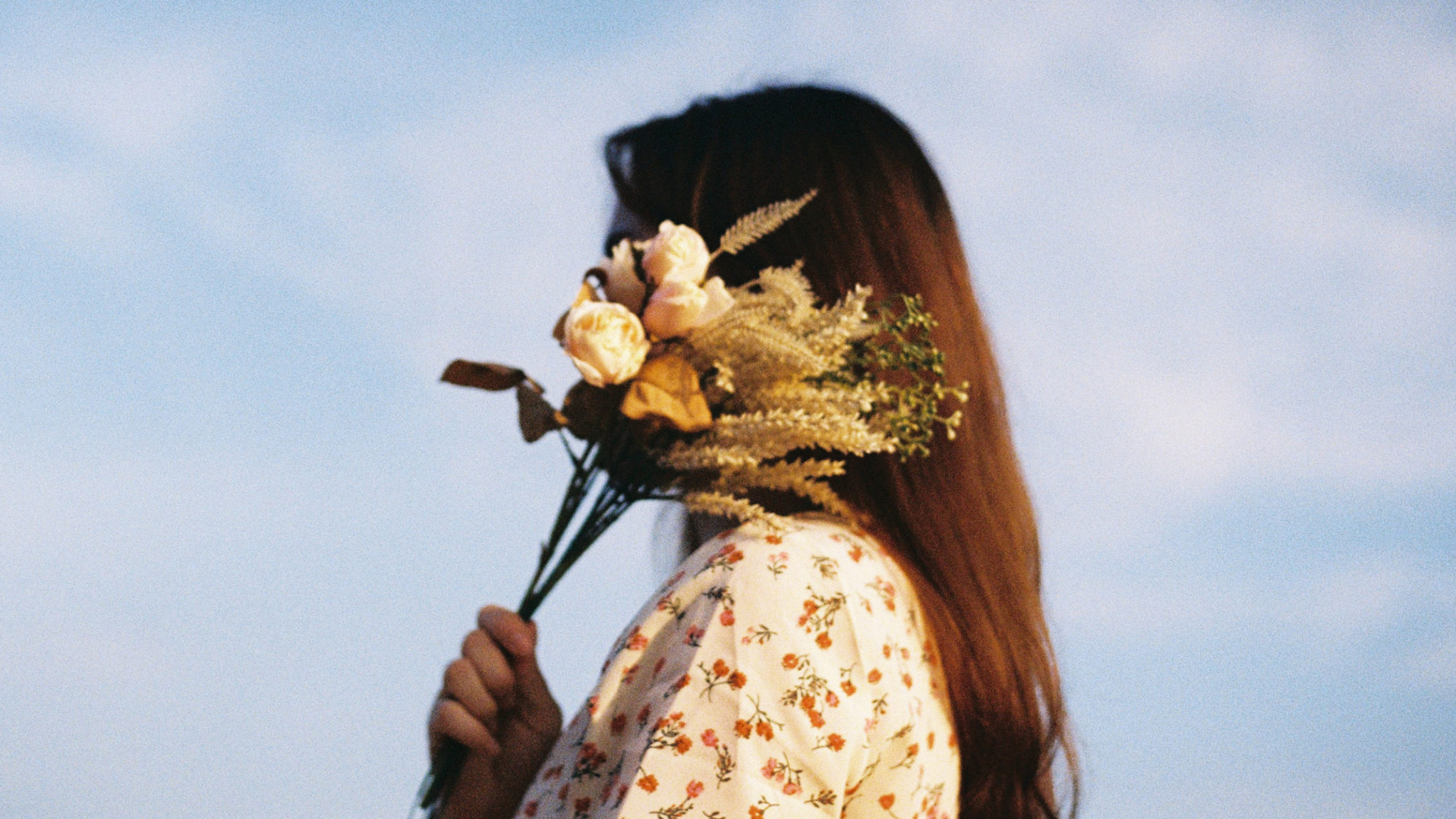
My love affair with abstract art began in third grade.
We had a substitute teacher in art class one day, a tall middle-aged woman with spiky bleached hair and chunky jewelry.
She told us about her favorite painting in the Art Institute of Chicago. I don’t remember the name or the artist, but she said that it was a large white canvas, about 10 feet wide, and its only mark was one quarter-sized blue circle in the upper corner.
“I brought my friend there to show her, and I told her it was my favorite painting,” the teacher told us. “My friend didn’t understand and thought I was crazy.”
As the other students and I looked around the room at prints of Seurat’s A Sunday Afternoon on the Island of La Grande Jatte and Monet’s Water Lilies, paintings we considered “real” art, we all thought she was crazy, too. The teacher continued: “A few days later, my friend called me and said, ‘I can’t get over it. Why do you like that painting so much?’” She looked at us. “And that’s why. I told her that this was my favorite painting because there we were, five days later and still talking about it. That painting sticks with you. It makes you think.”
Until I heard the teacher’s story, I also snubbed abstract paintings like those from Jackson Pollock we learned about in art class. It just felt like I could do the same thing with some paint and a canvas. Her story forced me to question the purpose of art, and to acknowledge that paintings do not only serve aesthetic functions — they can challenge our notions of beauty and meaning. As I’ve learned more about the techniques and methods of abstract artists, I appreciate that these works are not comprised of random splatters, but of intentional and edited brushstrokes.
I don’t love abstract art because I think every piece is visually pleasing. I find beauty in the fact that someone took the time to create a work of art — not because they had to, but to express something about themselves or the world in a way that no one else ever could. Abstract art is both specific to the originator yet universal to all audiences. It expresses the thoughts and emotions for which we cannot find words, like trying to describe a color without referencing worldly objects. It feels a lot like prayer — viewing abstract art prompts me to engage with deeper emotions and questions about God and life.
There is a painting by an artist I admire named Alma Thomas called Starry Night and the Astronauts, completed in 1972. It is an upright rectangular canvas marked with square-like geometrical shapes in many shades of blue acrylic paint, reminiscent of a mosaic. In the upper right corner is a cluster of similarly shaped strokes in red, orange, and yellow. Thomas was often inspired by the Apollo moon missions and this context can help provide a frame of reference for the viewer. The painting is an array of bold colors and varied forms that evoke both vast space and intriguing detail.
Even more than the painting hanging in the Art Institute, I am fascinated by Thomas’ process. If you look closely at the image, she made each shape with a single stroke — sometimes overlapping, allowing the white parts of the canvas to seep through the cracks. The overlapping strokes make me think about the innate connection we all share, while at the same time remaining separated by cracks in our hearts and world. The warm colors of the cluster in the corner give the painting a heartbeat, a pulse of life within the cool, mysterious blue.
I think about Thomas beginning this painting, one stroke at a time, having both patience to move forward and faith that the details will come together. The story of my life emerges in the same way — through small strokes that at first seem messy and disordered. While I cannot envision the finished piece, like Thomas, I have faith that it will result in something beautiful — perhaps even more beautiful than if I had the ability to precisely fill in every detail.
Abstract art can often seem anti-utilitarian in a world shaped around productivity. It is easy to look at abstract pieces and think, “What is the point of that?” when we want clear answers to problems and firm direction in life. Abstract art may not give us answers, but it prompts questions and emotions that can help us arrive at new conclusions.
The life of faith is similar. It’s easy to bring our utilitarianism and standard of productivity to self-reflection and prayer, with a subconscious compulsion to strive for a goal or feeling. But God does not always answer us directly — He calls us to reflect and create our own solutions.
This kind of dialogue with God feels more like sharing presence than a conversation, and abstract art can help us learn to sit firmly in that ambiguity, resisting the urge to turn it into tangible action. What if, when looking upon a painting with a single blue dot, we didn’t ask “What is the point?” but instead, “What does this do to my heart?”
God creates a unique universe within each of us, but our lives can appear undefined and disordered on the outside. We each have voids in our souls where the blank canvas shows through. But maybe there’s a bigger pattern of beauty that depends on the white space — maybe those open, smeared spots are windows to something beyond the surface.



















